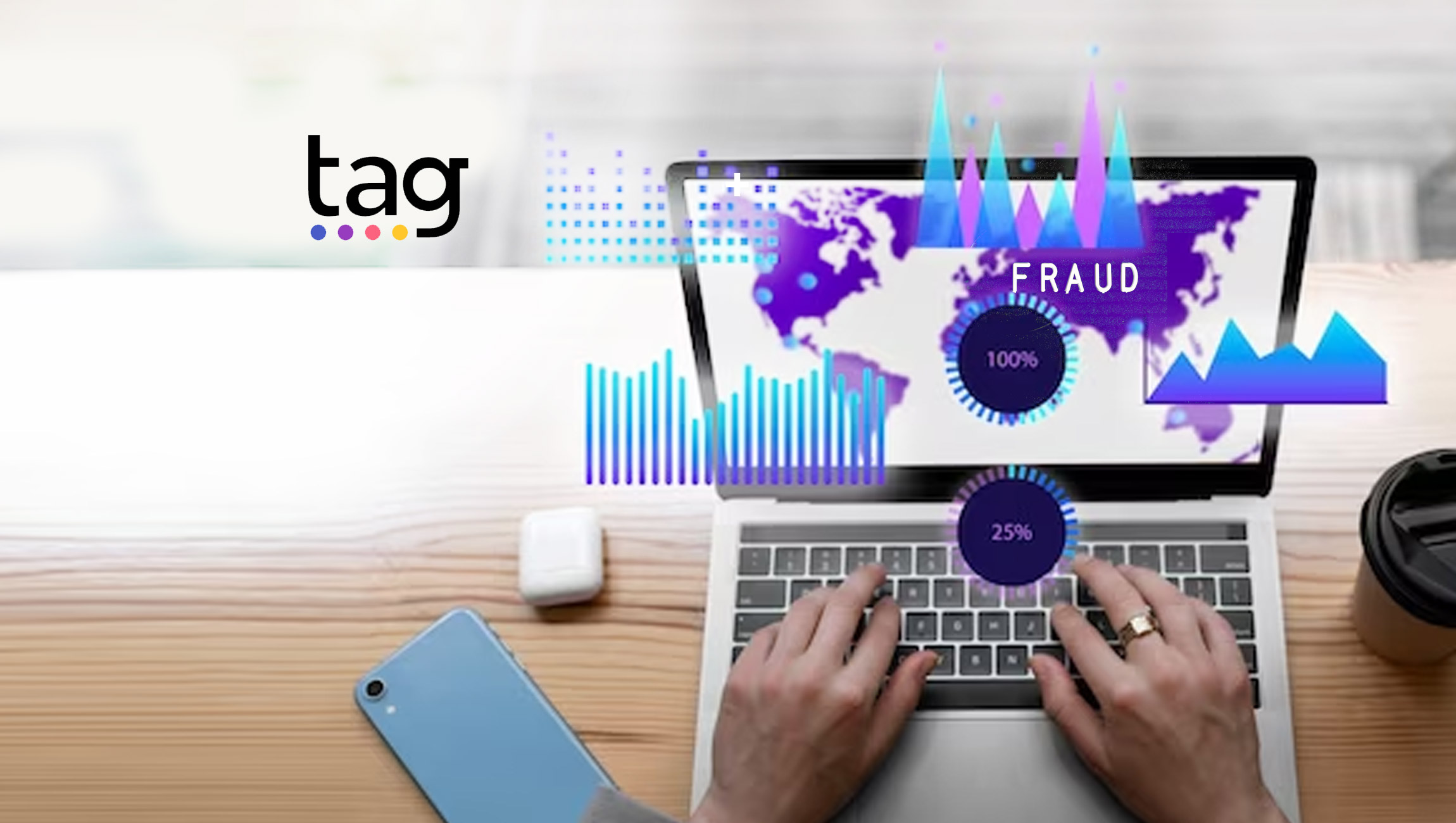Agency Executives Now Include 1% IVT Benchmark in Contracts, Codifying New Industry Standard for Success in Fighting Fraud
The digital advertising industry has reached consensus on a single metric to measure its success in achieving a predictable, consistent, and low fraud rate, according to the 2023 TAG US Fraud Benchmark Study.
For the third consecutive year, the study found that invalid traffic (IVT) in TAG Certified Channels (TCCs) in the United States was held under 1%, while interviews with executives from major agency holding companies validated that sub-1% level as the new de facto standard for the industry, with most agencies saying they include it as part of their client contracts. (TCCs are channels in which multiple entities involved in the ad transaction – such as the media agency, buy-side platform, sell-side platform, and/or publisher – have achieved the TAG Certified Against Fraud Seal.)
“If you’re batting .300, shooting 20 points per game, or passing your way to a 100+ QB rating, you’ve proven yourself among the best of the best at those sports,” said Mike Zaneis, CEO of TAG. “Now the ad industry has reached consensus on a unified metric to validate the success of our own all-stars at fighting fraud. Interviews from this year’s US Fraud Benchmark Study confirm that our industry has reached consensus on a sub-1% IVT rate as the appropriate benchmark to validate the effectiveness of a company’s anti-fraud efforts. Happily, the study also shows that TAG Certified Channels have achieved that milestone in the US for the past three years, which is cause for both commendation and continued commitment to vigilance against criminals looking to commit ad fraud.”
According to the study, the IVT rate in TCCs for the first six months of 2023 was 0.82%, even lower than the 0.98% rate measured in the prior year’s study. The IVT rate in Non-Certified Channels (NCCs), where only a single entity was certified, was 46% higher at 1.19%.
Year-Over-Year Summary of US Fraud Benchmark Reports
The 2023 benchmark study was conducted by The 614 Group, which also conducted interviews with executives from major agency holding companies to add additional first-hand context and information. Among the findings from those qualitative interviews:
- Agency executives confirmed that the sub-1% benchmark is used by their clients as a standard for success and included in their contracts. They also reported sharing the TAG US Fraud Benchmark Report with roughly 1,500 of their clients across major holding companies to drive engagement and assist with planning.
- Interviewees felt significant work still needs to be done by the industry around Made for Advertising (MFA) sites, particularly on definitions and measurement, to separate legitimate publishers from bad actors.
- Agencies are also focused on the opportunities and risks from the rapid integration of AI. While many noted it was too early to predict the full impact of AI, there was a consensus that more education was needed for agency execs and that the technology has a significant potential for good, as well as enabling more malicious activity.
TAG also announced that the 2024 TAG US Fraud Benchmark Report will undertake a deeper analysis of IVT rates among major Supply Side Platforms (SSPs) in the industry to provide a more holistic view of IVT both at the end point of agency purchase as well as upstream in the supply chain.
Marketing Technology News: Autoflow Launches its New Email Builder to Boost Business and Prompt Customer Engagement
“It’s a truism in research that where you measure matters, and we suspect that may prove true when measuring fraud in the digital advertising supply chain,” said TAG COO Rachel Nyswander Thomas. “One would assume that there is more fraud or IVT as you move downstream in the supply chain towards publishers and SSPs because fewer rounds of filtration have taken place, and the rate decreases upstream with buyers as campaigns are filtered through MRC-accredited vendors and platforms in TAG Certified Channels, but this issue has not been thoroughly investigated or quantified to date. In 2024, TAG intends to put this hypothesis to the test and see whether – and how much – IVT varies at different points in the supply chain.”
“Over the last seven years, we’ve seen tremendous progress on both the quantitative and qualitative fronts in our research,” said Rob Rasko, CEO of The 614 Group. “In 2023 we have seen an extreme increase in the data reviewed overall and specifically, given our first foray into China earlier in the year. The “where you measure matters” initiative will bring even more data and new partners into the mix, and I am excited to share even deeper results and perspectives on the amounts of IVT throughout the supply chain as a result of that effort.”
The TAG Certified Against Fraud Program was launched in 2016 to combat invalid traffic in the digital advertising supply chain. Companies that are shown to comply with the Certified Against Fraud Guidelines are awarded the Certified Against Fraud Seal, which they can use to publicly communicate their commitment to combating fraud.
Marketing Technology News: MarTech Interview with Kyle Mitnick, President at Mosaic Digital Systems











